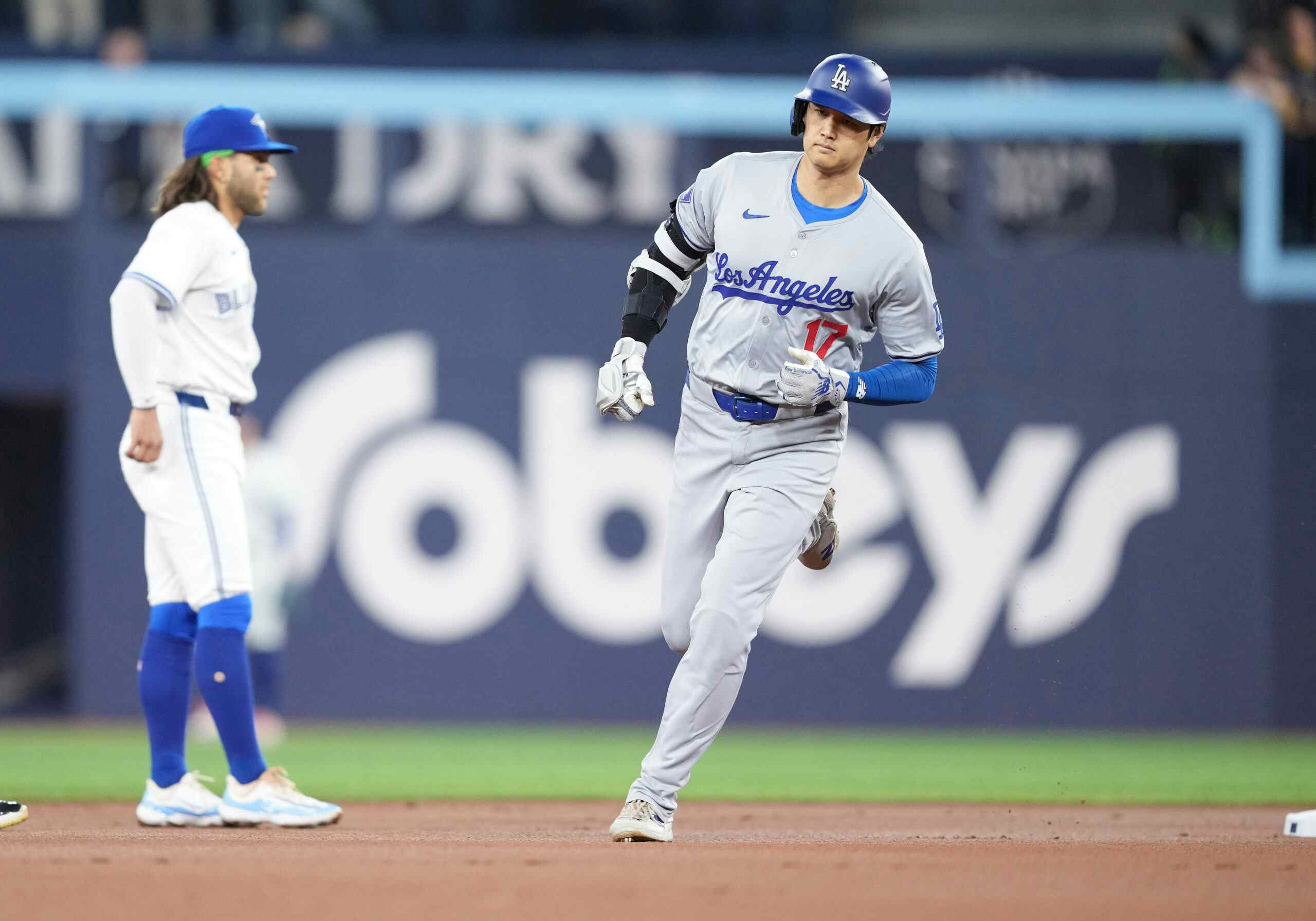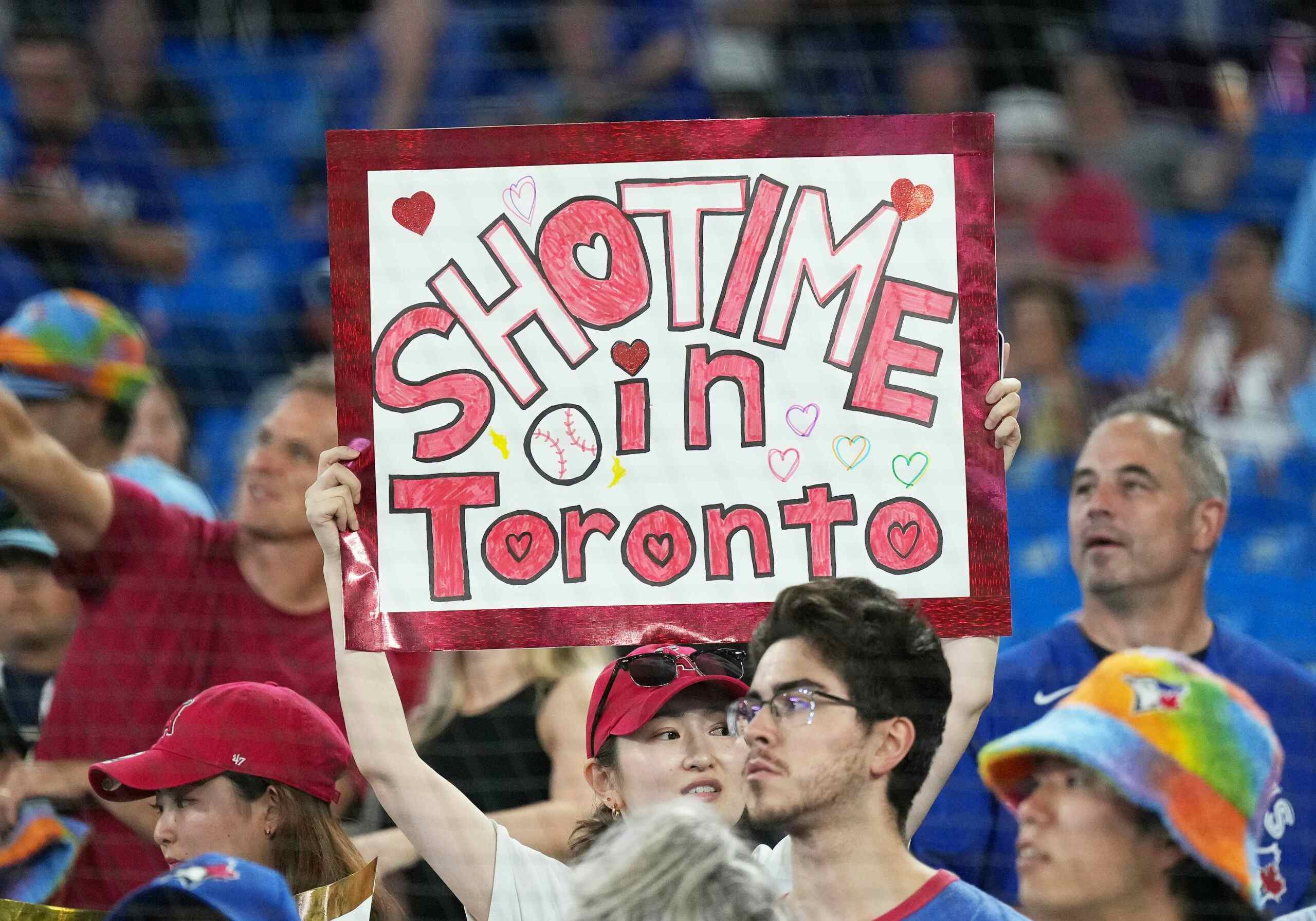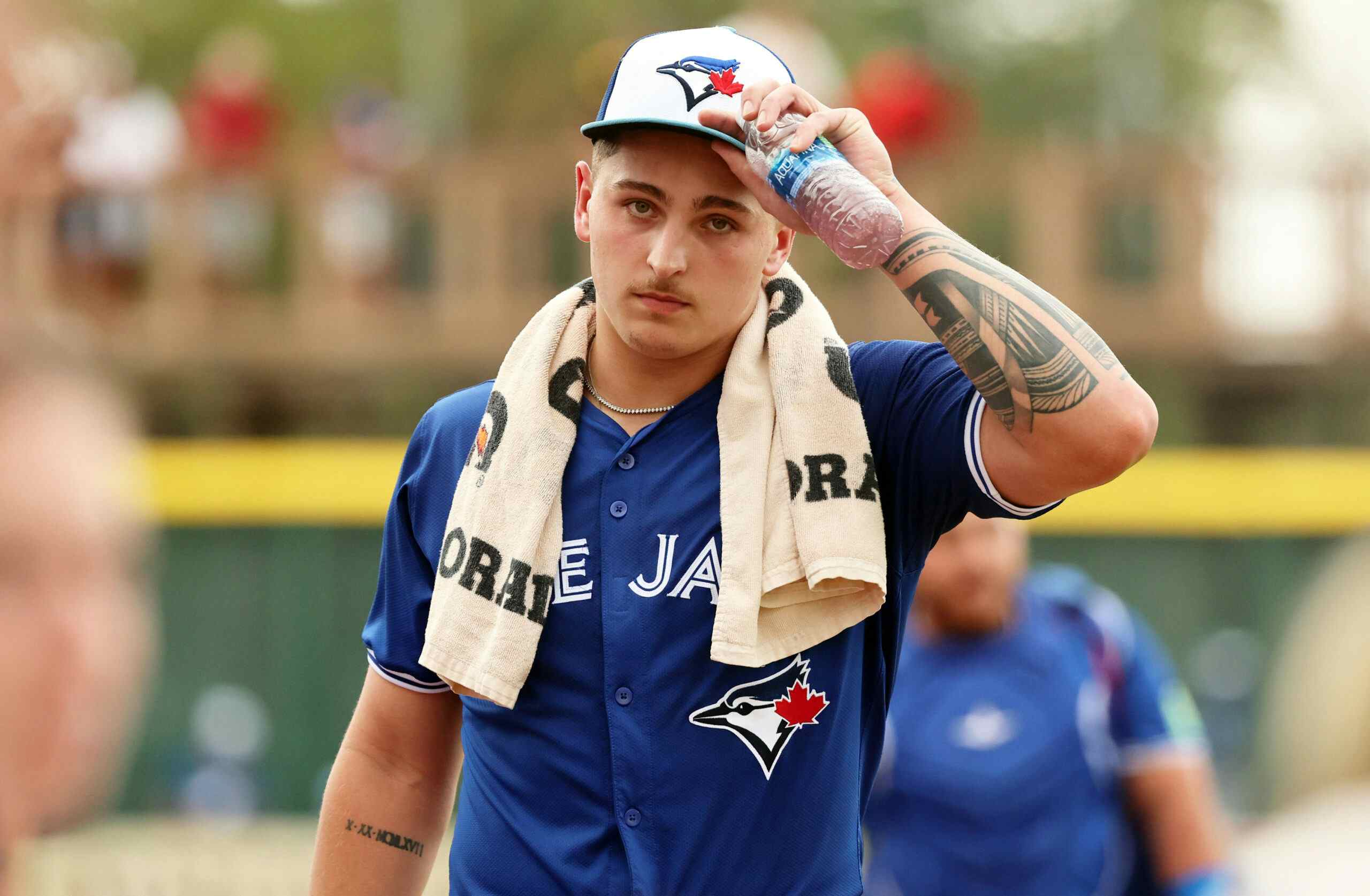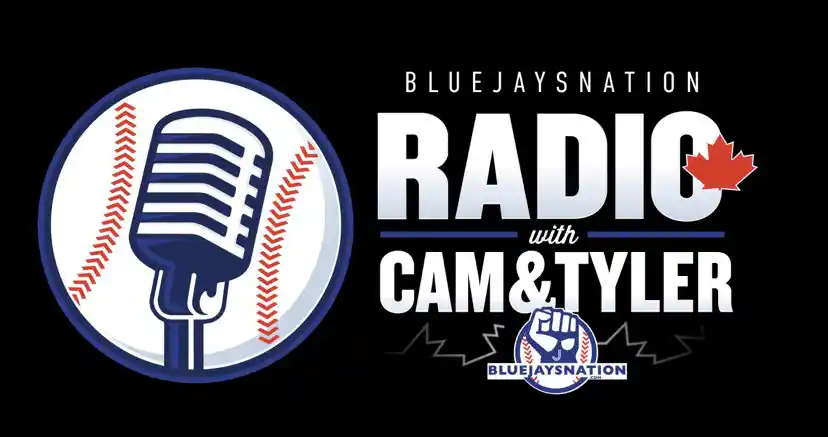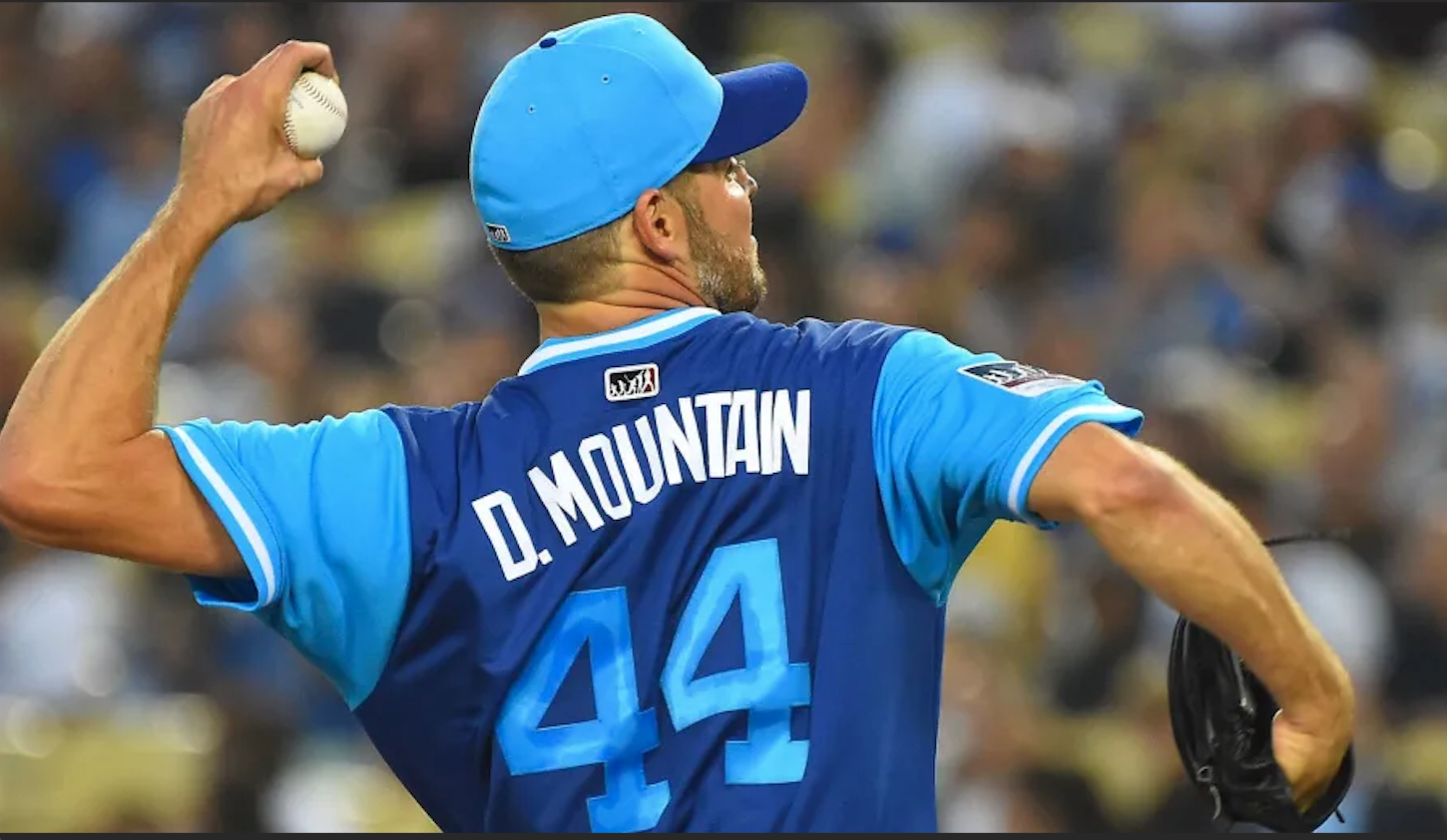Early returns on the Blue Jays’ draft look positive
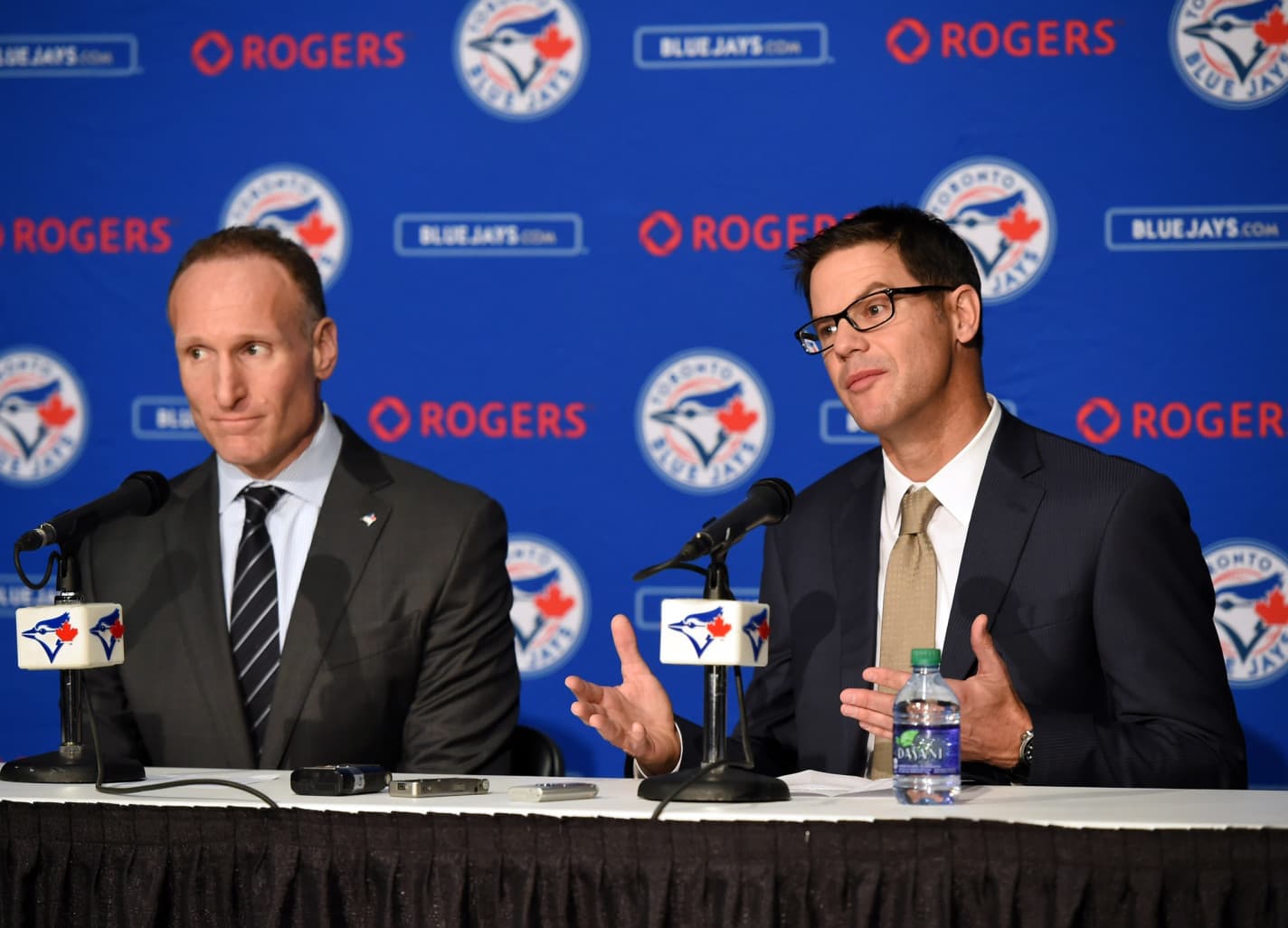
By Cam Lewis
4 years agoThe marathon known as the Major League Baseball draft has come to an end. As we know, the draft is a total crapshoot and it’s impossible to get an idea for how well a team did for a few years, but early returns are suggesting that the Jays had a good, solid, balanced draft, adding quite a bit of upside to the system.
The next three teams on our list deserve extra credit because they didn’t have the benefit of any extra picks. West Virginia right-hander Alek Manoah (first) is a physical beast who can blow hitters away with a mid-90s fastball and a power slider. Florida high school right-hander Kendall Williams (second) has a deep repertoire and a very projectable 6-foot-6 frame. Toronto used its next nine selections on position players, including athletic Canadian prep outfielder Dasan Brown (third) and three collegians with intriguing power potential for their positions: Creighton outfielder Will Robertson (fourth), Virginia shortstop Tanner Morris (fifth) and Vanderbilt catcher Philip Clarke (ninth).
Pipeline lists the Jays as one of the seven teams who got really good hauls at this year’s draft. So that’s positive! Now the focus shifts to who they can get signed.
The key to Toronto’s draft, ultimately, will be whether or not they get the high-upside high schoolers they drafted in the second- and third-round signed. According to Scott Mitchell, Ross Atkins is optimistic that both Kendall Williams and Dasan Brown will sign and forgo their college commitments.
Alek Manoah, the team’s top pick, is an obvious sign. His slot value at No. 11 overall is $4.55 million and given the fact he was drafted where he was projected to go, I can’t imagine him signing at any kind of major discount. Last year, we saw Jordan Groshans sign at a much lower slot than his draft position recommends, but that was because he was drafted higher than projected and came as a package deal with Adam Klopfenstein, who went lower than expected. That isn’t the case here. The Jays got their guy at a place he was expected to go and he’ll get paid as such.
The really interesting case for the Jays in this draft will be Williams, a high-upside arm with a commitment to a very good school in Vanderbilt. Selected at No. 52 overall, Williams has a $1.4 million slot value. Given the fact he’s a high schooler with major upside, he isn’t going to take a cut on that figure. That $1.4 million number, I figure, would be the absolute floor for Williams to take.
Dasan Brown is a bit of different case because he was taken slightly higher than he was projected. There’s also the factor that the Blue Jays are his hometown club. I don’t expect that they’ll have to go well over slot value to get him to sign as they likely will with Williams.
Another place Toronto might have to go over slot is with their ninth-round pick, Philip Clarke. If the Jays can get him signed, that’s a steal at No. 267 overall, as Pipeline had him ranked No. 139. He’s a sophomore at Vanderbilt, so he still has leverage, but he turned down a $1 million bonus out of high school a couple of years ago and might not want to take the gamble again. His slot value is just a shade over $150k.
The Jays opened some breathing room for themselves with their seventh- and eighth-round picks, both of whom were college seniors with low leverage taken higher than expected. I imagine both L.J. Talley and Angel Camacho will sign deals below slot value, given the Jays money to allocate to higher upside picks. Will Robertson and Cameron Eden, Toronto’s fourth- and sixth-round picks, are both college juniors. Seldom do we see juniors sign deals to over slot value.
All in all, this looks like a solid draft for the Blue Jays. I mean, I said it before and I’ll say it again, the draft is a total crapshoot. This isn’t the NHL draft where players get picked and jump right into the league and that’s that. MLB’s draft involves a much larger, overarching strategy as each pick has an effect on the other ones.
Anyways, what I liked about this draft was the blend of players selected and the strategic approach financially. The Jays used their first four picks on very different players — a college pitcher, a high school pitcher, a high school outfielder, and a college outfielder.
At the top, Alek Manoah is a nice combination of a safe pick with some upside. He wasn’t over-drafted at No. 11 overall and was considered by some to be the best college pitcher in the draft. I don’t know if there’s ace upside there, but he projects to be a good Major League starter. This isn’t Deck McGuire or Chad Jenkins, both of whom were overly safe picks, as Manoah actually has a plus pitch.
The later rounds feature Williams, Brown, and Clarke, all of whom have quite a bit of upside. Williams has that Aaron Sanchez/Noah Syndergaard high school arm vibe, so getting him signed would be a major boon for this draft. Brown is a little less exciting because toolsy athletic outfielders who can’t hit yet are major risks. Still, at the very least, this isn’t D.J. Davis in the first round. You can gamble with your third pick. I especially like the selection of Philip Clarke, who looks like a snag in the ninth round.
Ultimately, it’s a very nice blend of risk and safety, varying across multiple positions. The key now, of course, is getting those three high-upside players with leverage signed.
Recent articles from Cam Lewis

